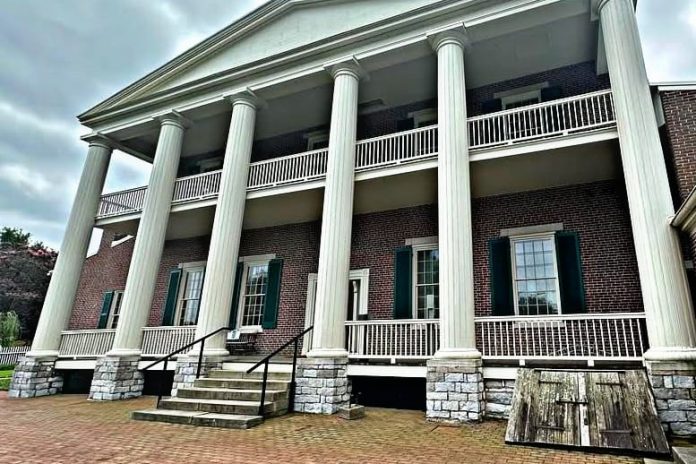Andrew Jackson Hermitage is not just the former home of the seventh President of the United States but also a historic landmark that offers a fascinating glimpse into the life and times of one of the most influential—and controversial—figures in American history. Located in Nashville, Tennessee, the Hermitage was the personal residence of Andrew Jackson from 1804 until his death in 1845. Over the years, this estate has become a symbol of Jackson’s legacy, preserving his memory while also sparking debate over his actions, particularly regarding his policies toward Native Americans and African slaves.
This article delves into the history of Andrew Jackson Hermitage, exploring its significance as both a historical site and a reflection of Jackson’s complex legacy. We will discuss the mansion itself, the grounds, Jackson’s life and presidency, and the cultural and political context of his era. This article also covers the controversies surrounding his time at the Hermitage and how the estate today plays a role in how we remember Andrew Jackson Hermitage and his impact on American history.
The History of Andrew Jackson Hermitage
Andrew Jackson Hermitage was established in 1804 when Jackson purchased a tract of land near Nashville, Tennessee, with the intention of building a plantation. He called it the “Hermitage” because the name reflected his desire for a peaceful and solitary existence after his service in the military. Jackson initially constructed a modest log cabin, which was later replaced by a grand, neoclassical mansion. Over the years, he expanded the estate, transforming it into one of the largest plantations in the South.
Jackson, who had served as a lawyer, military officer, and U.S. president, was deeply involved in the development of his estate. The land surrounding the Hermitage grew to encompass over 1,000 acres, and Jackson cultivated a large number of crops, including cotton, corn, and tobacco. The plantation’s success was heavily reliant on enslaved labor, and at its peak, Jackson owned more than 150 enslaved people who worked on the property. The Hermitage thus offers a powerful lens through which to explore the complicated intersections of wealth, slavery, and power in early American history.
The mansion itself, designed in the style of ancient Greek architecture, remains one of the most well-preserved plantation homes from the antebellum South. The house, which was expanded over time, has been restored to reflect its appearance during Jackson’s time. Andrew Jackson Hermitage is now a National Historic Landmark and museum, attracting thousands of visitors each year who wish to learn more about Jackson’s life, his presidency, and his controversial policies.
Andrew Jackson Hermitage Life at the Hermitage
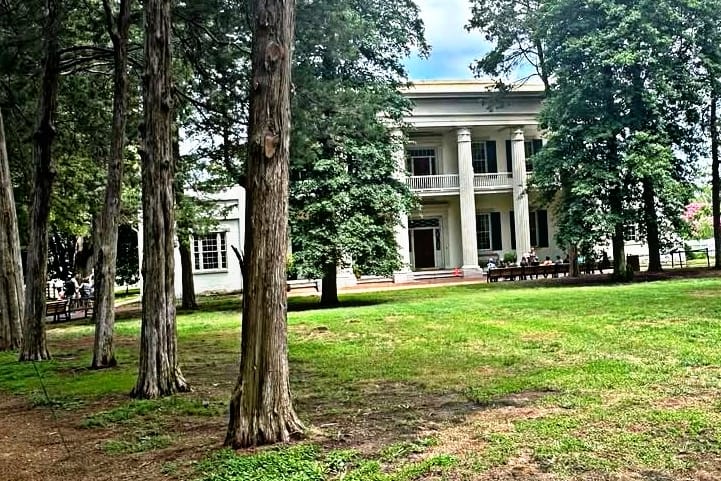
Jackson life at the Hermitage was one of contrasts. Although he was one of the wealthiest men in Tennessee, his background was far from privileged. Born in 1767 to poor, Scots-Irish immigrants, Andrew Jackson Hermitage experienced hardship and loss from an early age. His father died before he was born, and his mother passed away when he was just 14. Orphaned and living through the tumultuous times of the American Revolution, Jackson developed a tough, self-reliant personality that would define his later years.
After the Revolution, Jackson worked as a lawyer, eventually rising to prominence in Tennessee politics. He served in the U.S. House of Representatives, as a U.S. Senator, and as a military commander, leading American forces to victory in the Battle of New Orleans during the War of 1812. By the time he purchased the Hermitage, Jackson was a celebrated war hero and wealthy landowner.
At the Hermitage, Jackson began to establish himself not only as a political leader but also as a master of a large plantation. He invested in the property, developing it into a self-sustaining estate that was a hub of agricultural production. Jackson’s wife, Rachel Jackson, whom he married in 1791, managed the household and social affairs of the estate until her death in 1828. After Rachel’s death, Jackson lived alone at the Hermitage, frequently hosting visitors and maintaining his involvement in both political and military matters.
The mansion at Andrew Jackson Hermitage was a symbol of Jackson social and political status. It was also the site of key moments in his life, such as his presidential campaign and his ongoing correspondence with political allies and enemies. Despite his public persona as a champion of the common man, Andrew Jackson Hermitage plantation was built on the labor of enslaved people, and the estate’s success was inextricably tied to the institution of slavery.
The Role of Slavery at the Hermitage
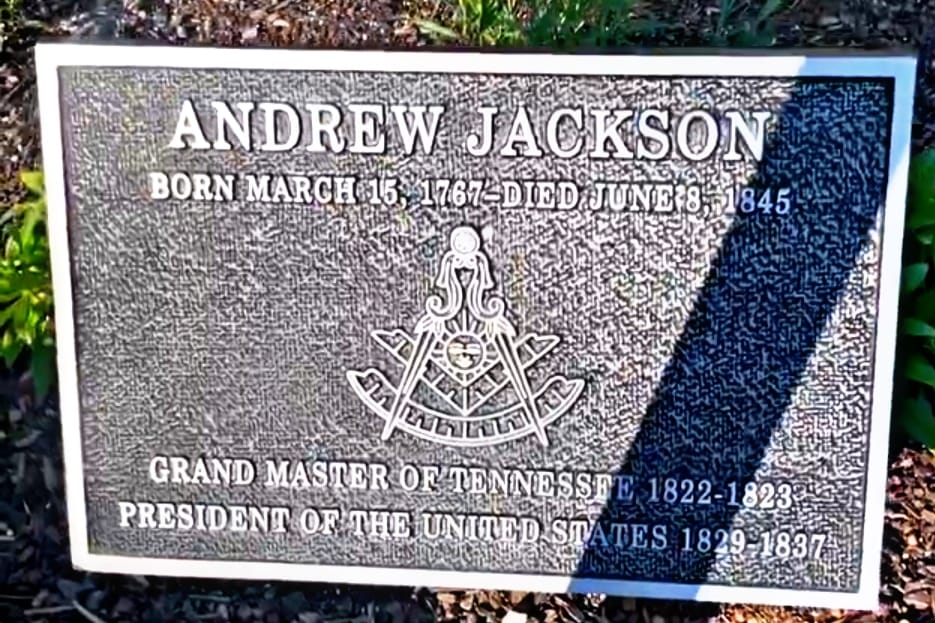
Slavery was a central part of life at Andrew Jackson Hermitage. Jackson’s estate relied on the labor of enslaved African Americans to cultivate crops, maintain the house, and handle the daily operations of the plantation. At its height, there were over 150 enslaved people working on the Hermitage, involved in everything from fieldwork to domestic chores. Jackson himself was known for his brutal treatment of enslaved people, even as he presented himself as a defender of American liberty and democratic values.
The enslaved individuals at the Andrew Jackson Hermitage lived in harsh conditions. They were housed in small, poorly constructed cabins and worked long hours in the fields, often under the supervision of overseers who were responsible for maintaining discipline. Jackson’s treatment of enslaved people has been the subject of intense historical scrutiny, particularly in light of his advocacy for the Indian Removal Act, which forced thousands of Native Americans from their lands, as well as his enforcement of policies that upheld the institution of slavery in the South.
Despite this, Andrew Jackson Hermitage serves as an important reminder of the history of slavery in the United States. The museum offers educational programs and tours that examine the lives of the enslaved people who worked on the estate, providing a more nuanced understanding of the historical context in which Jackson lived and worked. The legacy of slavery at the Andrew Jackson Hermitage is a source of ongoing debate, and visitors are encouraged to engage with the complexities of Jackson’s legacy as they learn about the estate’s history.
The Historic Mansion and Grounds
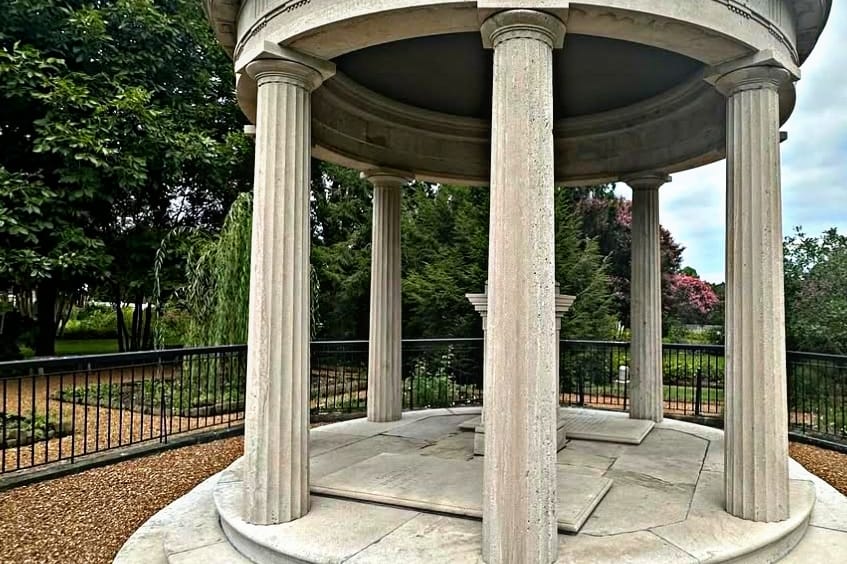
Andrew Jackson Hermitage mansion is a prime example of the architectural grandeur associated with the wealthy elite of the antebellum South. The mansion, which was built in stages over several years, features elements of neoclassical design, with a striking white exterior, grand columns, and a spacious veranda. The house was originally a modest log cabin but was expanded by Jackson to accommodate his growing wealth and status.
The interior of the mansion reflects the tastes of the early 19th century, with rich wood paneling, antique furnishings, and decorative details that speak to Andrew Jackson Hermitage own style and affluence. The house contains rooms that were used for both formal events and private moments, including Jackson personal office, his library, and his bedroom. The mansion also contains a collection of Jackson’s personal artifacts, gifts, and mementos from his political career, including items related to his time as president.
Beyond the mansion, Andrew Jackson Hermitage includes 1,120 acres of land that were once home to the bustling plantation. The grounds feature reconstructed slave quarters, gardens, and farm buildings, offering a glimpse into the agricultural operations of the estate. The site also includes Jackson tomb, which is located on the property. Jackson and his wife, Rachel, are buried side by side in a family cemetery near the mansion, surrounded by the landscape that once served as the backdrop to their lives.
The estate also houses a museum that explores not only Jackson’s life but also the broader historical context of his time. Exhibits at the museum cover a range of topics, from Jackson’s military career to his controversial policies as president. Visitors to Andrew Jackson Hermitage can take guided tours of the mansion, explore the grounds, and participate in educational programs that provide a deeper understanding of Jackson’s impact on American history.
The Controversies Surrounding Andrew Jackson Hermitage Legacy
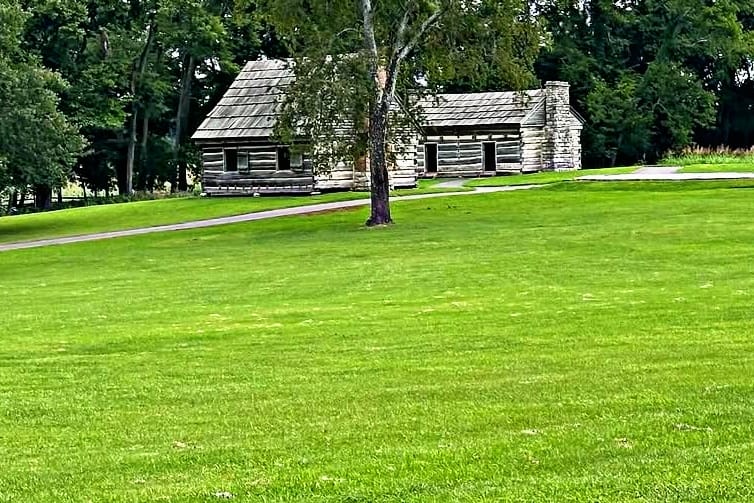
Andrew Jackson remains one of the most controversial figures in American history, and this controversy extends to his time at the Hermitage. While Jackson is often celebrated for his military victories, his populist appeal, and his role in the expansion of the United States, his policies toward Native Americans and enslaved people have cast a long shadow over his legacy.
The Indian Removal Act of 1830, which Jackson signed into law, led to the forced relocation of thousands of Native Americans from their ancestral lands, resulting in the tragic Trail of Tears. Jackson’s views on Native American sovereignty and his role in the displacement of indigenous peoples are central to ongoing debates about his legacy.
Similarly, Jackson treatment of enslaved people at the Hermitage is a source of modern criticism. While he was a champion of states’ rights and a defender of slavery, Jackson’s own personal history of slavery and his role in preserving and expanding the institution make him a deeply divisive figure in American history.
Today, the Andrew Jackson Hermitage seeks to balance this complex legacy by offering educational programs that address both Jackson’s achievements and his failings. The museum emphasizes the importance of understanding the full context of Jackson’s life, including the realities of slavery and the impact of his policies on Native Americans.
Andrew Jackson Hermitage Today: A Site of Reflection and Education
Andrew Jackson Hermitage is now more than just a historic home. It serves as a site of reflection, education, and debate. As a museum and National Historic Landmark, it offers visitors the opportunity to explore the multifaceted nature of Jackson’s legacy while also confronting the difficult aspects of his life and policies.
The Hermitage attracts hundreds of thousands of visitors each year, drawing tourists from around the world who are interested in learning more about Jackson’s role in shaping American history. It provides a platform for discussions about the complexities of the nation’s past, including issues of race, slavery, and indigenous rights.
The site is also an important venue for historical preservation and research, hosting scholars, historians, and educators who seek to better understand Jackson life and times. The ongoing restoration efforts at the Hermitage ensure that future generations will be able to experience the estate as it appeared during Jackson’s time.
Conclusion: The Legacy of Andrew Jackson Hermitage
Andrew Jackson Hermitage is a remarkable site that encapsulates the contradictions of Jackson life and legacy. While it remains an important part of American history, it also forces us to confront the darker aspects of Jackson’s policies and the impact they had on marginalized communities. Today, the Andrew Jackson Hermitage stands as a powerful reminder of the complexity of history and the need to engage critically with the past. By visiting the site and learning about its history, we gain a deeper understanding of the man who shaped much of the early history of the United States and of the ongoing debates about how we should remember him.

